22 Sep

How to Use an Egg Incubator ?
1. First and foremost, make sure the incubator is well cleaned.
2. Clean and disinfect the incubator using the correct procedure.
3. Check to see that the incubator is dry and free of dust.
4. Place the incubator in a room or other small space where there will be no direct sunlight shining on it or direct air being blown on it.
5. The temperature in the room where the incubator is stored should range between 18 degrees Celsius and 33 degrees Celsius in accordance with industry standards.
6. The incubator should be placed on a flat surface and at a distance of more than 2-5 feet from the wall to provide proper ventilation.
7. Inspect the wiring to ensure that it is clear of dirt and water and in good working order.
8. For chicken eggs, turn on the incubator and set the temperature to 37.7 degrees Celsius and the humidity to 60 percent relative humidity. Please refer to Table 1 for more eggs.
9. Once the desired temperature has been reached, measure the humidity. If the humidity reading is 40 % percent Rh, then fill the water pan with water.
10. If the humidity is less than 55 percent Rh, then add water to the water pan.
11. If the relative humidity is greater than 60% Rh, there is no need to add water to the water pan.
12. At this point, you are ready to place the eggs inside of the incubator. Placing the egg tray inside the incubator with the eggs on it . The motor wires should be connected to the appropriate wire provided within the incubator. Check to see that the motor is operating properly and roll the egg . You may ensure this by pressing the '+' button on the controller, which will manually rotate the eggs. Note: - The egg on the tray will automatically rotate for 15 seconds after every 2 hours throughout the duration of the hatch. It is not necessary to physically rotate it.
13. Shut the door of the incubator tightly. The incubation period begins at this point. Make sure that you thoroughly clean your hands before handling the eggs so that germs does not get transmitted to the eggs themselves.
14. The incubation procedure for chicken eggs or the same type of eggs is the same up to and including 18 days. However, during the final three days, lower the temperature to 37.2 degrees Celsius and increase the humidity to 65 percent relative humidity. And for the final three days, there is no turning necessary. Place the eggs on the egg turner tray .
15. When moving the eggs from the egg tray to the hatching grill, you must candle the eggs to ensure that no unfertilized eggs are transferred. Unfertilized eggs are those that have not showed any signs of embryo development and are not expected to hatch. It is therefore preferable to remove these kind of eggs. It is estimated that between 2 percent and 15 percent of unfertilized eggs are there
16. Beginning on the 20th day, some chicks begin to come out of their egg shells, therefore promoting the hatching of other unhatched eggs as well. The peeping process continues until all of the eggs have hatched. Some eggs are also unable to hatch for a variety of reasons.


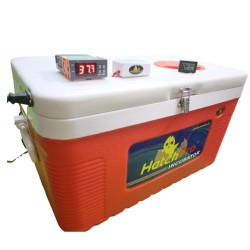

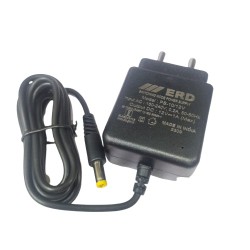
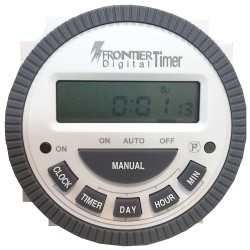
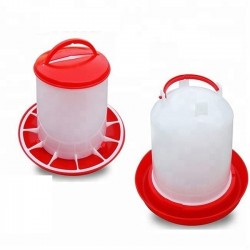
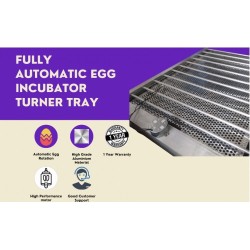
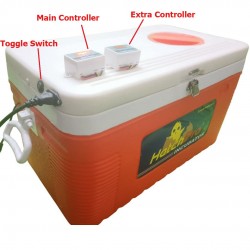
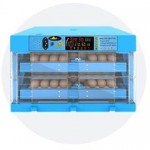
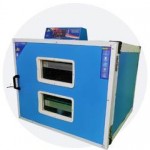
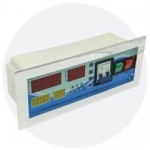
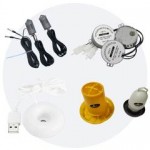
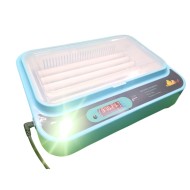
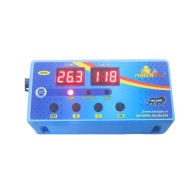
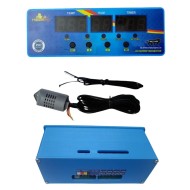
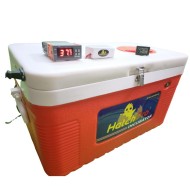
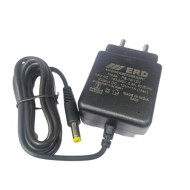
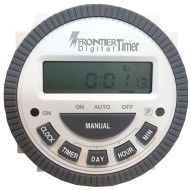
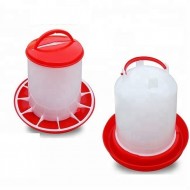
153 Comment(s)
e
1
http://some-inexistent-website.acu/some_inexistent_file_with_long_name?.jpg
1some_inexistent_file_with_long_name�.jpg
Http://bxss.me/t/fit.txt
http://bxss.me/t/fit.txt?.jpg
bxss.me
'"
<!--
1
1
1
1
1
1
1
1
;assert(base64_decode('cHJpbnQobWQ1KDMxMzM3KSk7'));
';print(md5(31337));$a='
1
";print(md5(31337));$a="
${@print(md5(31337))}
1
${@print(md5(31337))}\
1
'.print(md5(31337)).'
1
1
1
1
1
1
1
1
1
1
1
1
1
1
1
1
1
1
1
1
1
-1 OR 2+27-27-1=0+0+0+1 --
-1 OR 3+27-27-1=0+0+0+1 --
-1 OR 2+184-184-1=0+0+0+1
-1 OR 3+184-184-1=0+0+0+1
-1' OR 2+290-290-1=0+0+0+1 --
-1' OR 3+290-290-1=0+0+0+1 --
-1' OR 2+562-562-1=0+0+0+1 or 'UNSjig2w'='
-1' OR 3+562-562-1=0+0+0+1 or 'UNSjig2w'='
-1" OR 2+710-710-1=0+0+0+1 --
-1" OR 3+710-710-1=0+0+0+1 --
if(now()=sysdate(),sleep(15),0)
0'XOR(if(now()=sysdate(),sleep(15),0))XOR'Z
0"XOR(if(now()=sysdate(),sleep(15),0))XOR"Z
(select(0)from(select(sleep(15)))v)/*'+(select(0)from(select(sleep(15)))v)+'"+(select(0)from(select(sleep(15)))v)+"*/
-1; waitfor delay '0:0:15' --
-1); waitfor delay '0:0:15' --
1 waitfor delay '0:0:15' --
swgf8IBl'; waitfor delay '0:0:15' --
-5 OR 823=(SELECT 823 FROM PG_SLEEP(15))--
-5) OR 867=(SELECT 867 FROM PG_SLEEP(15))--
-1)) OR 410=(SELECT 410 FROM PG_SLEEP(15))--
1QwEEcLw' OR 255=(SELECT 255 FROM PG_SLEEP(15))--
XYb4pOpg') OR 861=(SELECT 861 FROM PG_SLEEP(15))--
QNKzqdVM')) OR 507=(SELECT 507 FROM PG_SLEEP(15))--
1*DBMS_PIPE.RECEIVE_MESSAGE(CHR(99)||CHR(99)||CHR(99),15)
1'||DBMS_PIPE.RECEIVE_MESSAGE(CHR(98)||CHR(98)||CHR(98),15)||'
1'"
@@IWSA5
1
1
1
1
1
1
1
1
1
1
1
1
1
1
1
1
1
1
1
1
1
1
1
1
1
1
1
1
1
1
1
1
1
1
1
1
1
1
1
1
1
1
1
1
1
1
1
1
1
1
1
1
1
1
1
http://some-inexistent-website.acu/some_inexistent_file_with_long_name?.jpg
1some_inexistent_file_with_long_name�.jpg
Http://bxss.me/t/fit.txt
http://bxss.me/t/fit.txt?.jpg
bxss.me
e
e
e
e
e
e
e
e
e
e
;assert(base64_decode('cHJpbnQobWQ1KDMxMzM3KSk7'));
';print(md5(31337));$a='
";print(md5(31337));$a="
${@print(md5(31337))}
${@print(md5(31337))}\
'.print(md5(31337)).'
e
e
e
e
e
e
e
e
e
e
e
e
e
'"
<!--
e
e
e
e
e
1
1
1
1
1
1
1
1
1
1
1
1
1
1
e
1
e
e
e
-1 OR 2+204-204-1=0+0+0+1 --
-1 OR 3+204-204-1=0+0+0+1 --
-1 OR 2+807-807-1=0+0+0+1
-1 OR 3+807-807-1=0+0+0+1
-1' OR 2+654-654-1=0+0+0+1 --
-1' OR 3+654-654-1=0+0+0+1 --
-1' OR 2+993-993-1=0+0+0+1 or 'KR5r9Ho6'='
-1' OR 3+993-993-1=0+0+0+1 or 'KR5r9Ho6'='
-1" OR 2+49-49-1=0+0+0+1 --
-1" OR 3+49-49-1=0+0+0+1 --
if(now()=sysdate(),sleep(15),0)
0'XOR(if(now()=sysdate(),sleep(15),0))XOR'Z
0"XOR(if(now()=sysdate(),sleep(15),0))XOR"Z
(select(0)from(select(sleep(15)))v)/*'+(select(0)from(select(sleep(15)))v)+'"+(select(0)from(select(sleep(15)))v)+"*/
1 waitfor delay '0:0:15' --
LO5Rl27z'; waitfor delay '0:0:15' --
lp6lre0c' OR 121=(SELECT 121 FROM PG_SLEEP(15))--
oUDZJQUC') OR 879=(SELECT 879 FROM PG_SLEEP(15))--
6o9LoTDh')) OR 287=(SELECT 287 FROM PG_SLEEP(15))--
e'||DBMS_PIPE.RECEIVE_MESSAGE(CHR(98)||CHR(98)||CHR(98),15)||'
1'"
@@aYlIF
e
e
e
e
e
e
e
e
e
e
e
e
e
e
e
e
e
e
e
e
e
e
e
e
e
e
e
e
e
e
e
e
e
e
e
e
e
e
e
e
e
e
e
e
e
e
e
1
e
e
e
e
1
1
1
1
1
1
1
1
1
e
1
1
1
'"
<!--
1
1
http://some-inexistent-website.acu/some_inexistent_file_with_long_name?.jpg
1
1some_inexistent_file_with_long_name�.jpg
1
Http://bxss.me/t/fit.txt
http://bxss.me/t/fit.txt?.jpg
bxss.me
;assert(base64_decode('cHJpbnQobWQ1KDMxMzM3KSk7'));
';print(md5(31337));$a='
";print(md5(31337));$a="
${@print(md5(31337))}
${@print(md5(31337))}\
1
'.print(md5(31337)).'
1
1
1
1
1
1
1
1
1
1
1
1
1
1
1
1
1
1
1
1
1
1
1
1
1
-1 OR 2+95-95-1=0+0+0+1 --
-1 OR 3+95-95-1=0+0+0+1 --
-1 OR 2+292-292-1=0+0+0+1
-1 OR 3+292-292-1=0+0+0+1
-1' OR 2+333-333-1=0+0+0+1 --
-1' OR 3+333-333-1=0+0+0+1 --
-1' OR 2+336-336-1=0+0+0+1 or 'hqrOe7s7'='
-1' OR 3+336-336-1=0+0+0+1 or 'hqrOe7s7'='
-1" OR 2+326-326-1=0+0+0+1 --
-1" OR 3+326-326-1=0+0+0+1 --
if(now()=sysdate(),sleep(15),0)
0'XOR(if(now()=sysdate(),sleep(15),0))XOR'Z
0"XOR(if(now()=sysdate(),sleep(15),0))XOR"Z
(select(0)from(select(sleep(15)))v)/*'+(select(0)from(select(sleep(15)))v)+'"+(select(0)from(select(sleep(15)))v)+"*/
-1; waitfor delay '0:0:15' --
-1); waitfor delay '0:0:15' --
1 waitfor delay '0:0:15' --
EpkzLZxC'; waitfor delay '0:0:15' --
-5 OR 463=(SELECT 463 FROM PG_SLEEP(15))--
-5) OR 396=(SELECT 396 FROM PG_SLEEP(15))--
-1)) OR 595=(SELECT 595 FROM PG_SLEEP(15))--
Z7bLgskW' OR 842=(SELECT 842 FROM PG_SLEEP(15))--
RdHM6Goh') OR 909=(SELECT 909 FROM PG_SLEEP(15))--
U8Yx4miN')) OR 631=(SELECT 631 FROM PG_SLEEP(15))--
1*DBMS_PIPE.RECEIVE_MESSAGE(CHR(99)||CHR(99)||CHR(99),15)
1'||DBMS_PIPE.RECEIVE_MESSAGE(CHR(98)||CHR(98)||CHR(98),15)||'
1'"
@@B4EFV
1
1
1
1
1
1
1
1
1
1
1
1
1
1
1
1
1
1
1
1
1
1
1
1
1
1
1
1
1
1
1
1
1
1
1
1
1
1
1
1
1
1
1
1
1
1
1
1
1
1
1
e
1
1
1
1
1
1
1
1
1
1
Leave a Comment